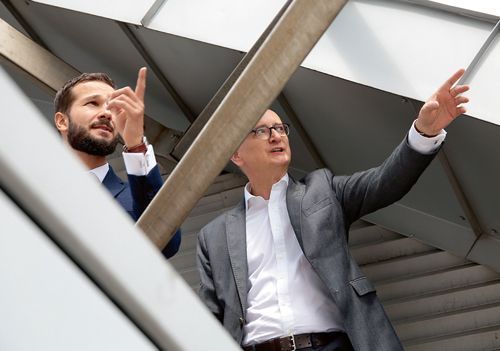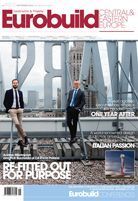Giving a building a catchy name and the printing of professional marketing materials are not enough these days to realistically compete on Warsaw’s hot office market. Branding specialists are now saying that what made investors successful a few years ago, has no raison d’źtre in the difficult market conditions nowadays. “Even the best marketing will not work if it is not supported by a good and credible product. Branding should start as early as the planning of a new office building or the renovation of an existing one. That is why we are more and more often working with investors to generate added value for the building itself before the marketing materials are produced,” explains Michał Nowakowski, the managing director at Bueller & Frye, a company specialising in the branding of office projects.
Apart from traditional marketing communication, Bueller & Frye now offers consultations on how to adapt buildings to create space that is attractive to ten































































